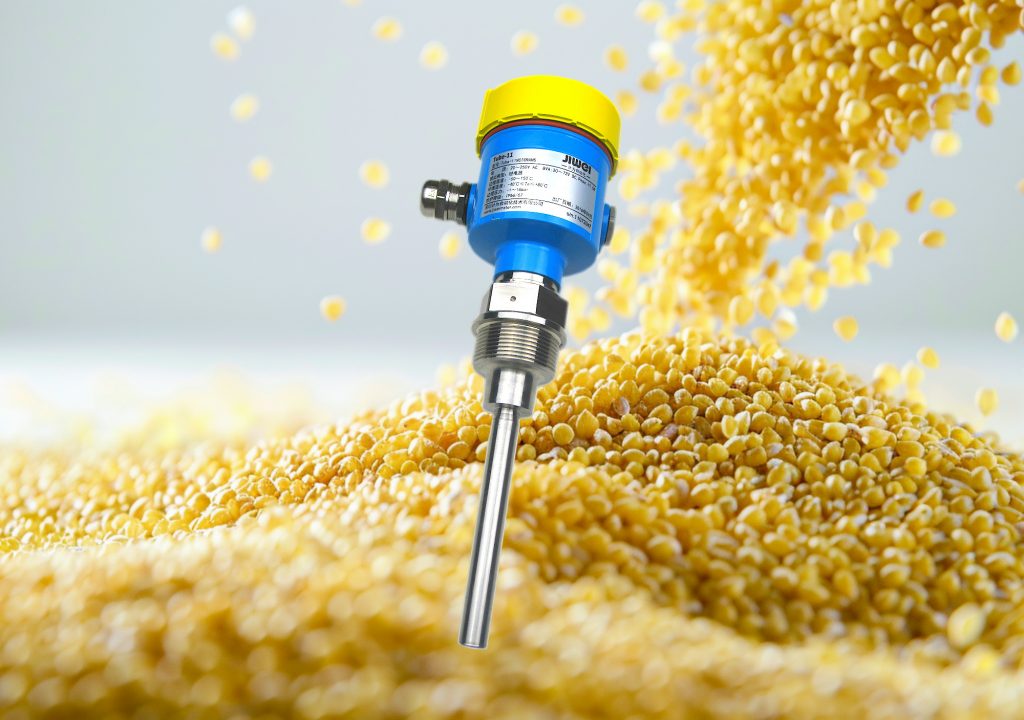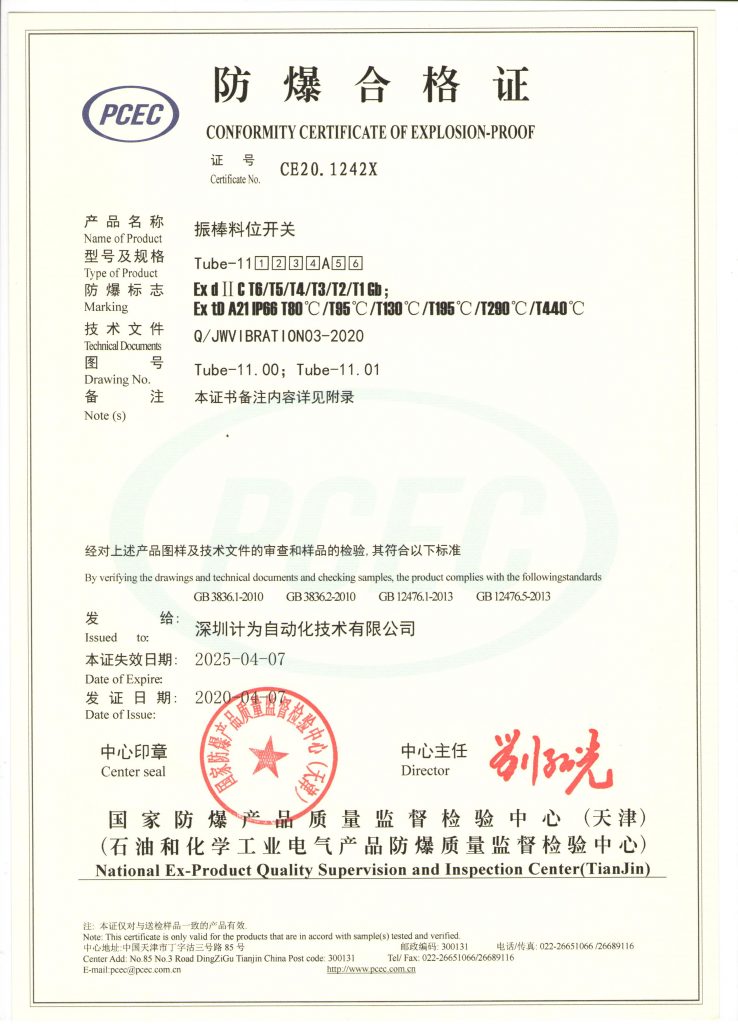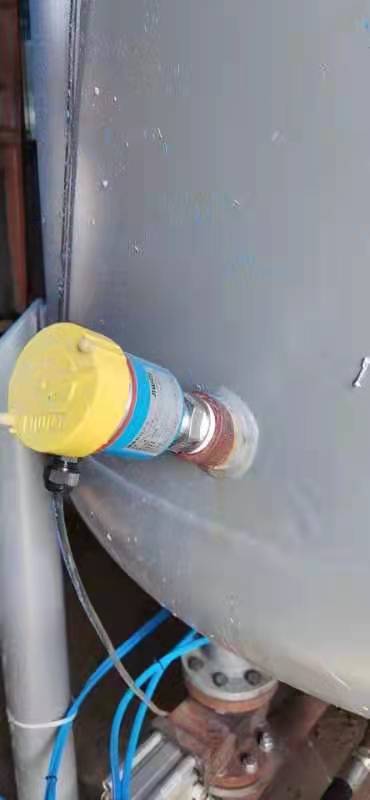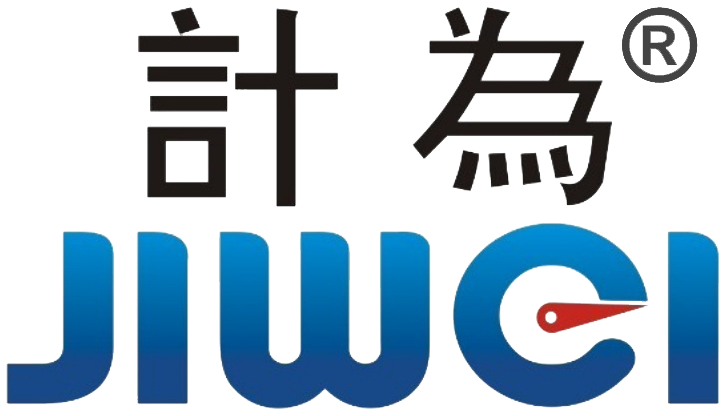Wheat Level Measurement Case Study: Application of Tube-11 Vibrating Rod Level Switch with Emphasis on Dual Probe Advantages
Case Background
In the wheat grain processing industry, precise monitoring of silo levels is crucial for ensuring production continuity and equipment protection. This case study illustrates how the Tube-11 vibrating rod level switch leverages its advanced dual probe technology to enhance the accuracy and reliability of wheat level measurements, thereby optimizing production processes.

Advantages of Vibrating Rod Level Switch with Dual Probes
The Tube-11 vibrating rod level switch features a dual probe design, offering significant advantages over traditional single probe structures:
- High Precision Detection: Dual probes can simultaneously monitor different positions within the silo. By comparing the signals from both probes, it accurately determines the height of the wheat level, minimizing errors and omissions.
- Strong Adaptability: For granular materials like wheat, the dual probe system responds more sensitively to changes in level, regardless of particle size or stacking method, ensuring measurement stability and reliability.
- Enhanced Safety: Wheat dust is combustible, and precise monitoring reduces unnecessary safety risks during level measurement, ensuring a safe production environment.

Case Analysis: Application in a Wheat Processing Plant
At a wheat processing plant, to address inaccuracies and instability in level measurement using traditional single probe switches, the Tube-11 vibrating rod level switch was introduced. Its dual probe design significantly improved the precision and reliability of wheat level measurements.
- Optimized Installation: The vibrating rod level switch was installed on the sidewall of wheat silos, utilizing dual probes for precise level monitoring.
- Real-time Monitoring and Feedback: The switch continuously monitors wheat levels and provides data feedback to the control system. When the level reaches preset values, the system accurately controls wheat conveying and storage, preventing overload or underload operations, thereby protecting equipment and enhancing production efficiency.
- Cost Savings: With accurate level monitoring, production lines operate more stably, avoiding production interruptions and equipment damage caused by inaccurate level readings, thus reducing maintenance costs and improving production efficiency.

Conclusion
By incorporating the Tube-11 vibrating rod level switch with dual probe technology, the wheat processing plant successfully resolved issues of accuracy and stability in level measurement, enhancing production continuity and safety. The application of dual probes not only demonstrates outstanding performance in wheat level measurement but also provides a robust solution for monitoring other granular materials’ levels.
This case study exemplifies the superior capabilities of the Tube-11 vibrating rod level switch in industrial applications, particularly with its innovative dual probe design offering reliable solutions for precise level measurement.
